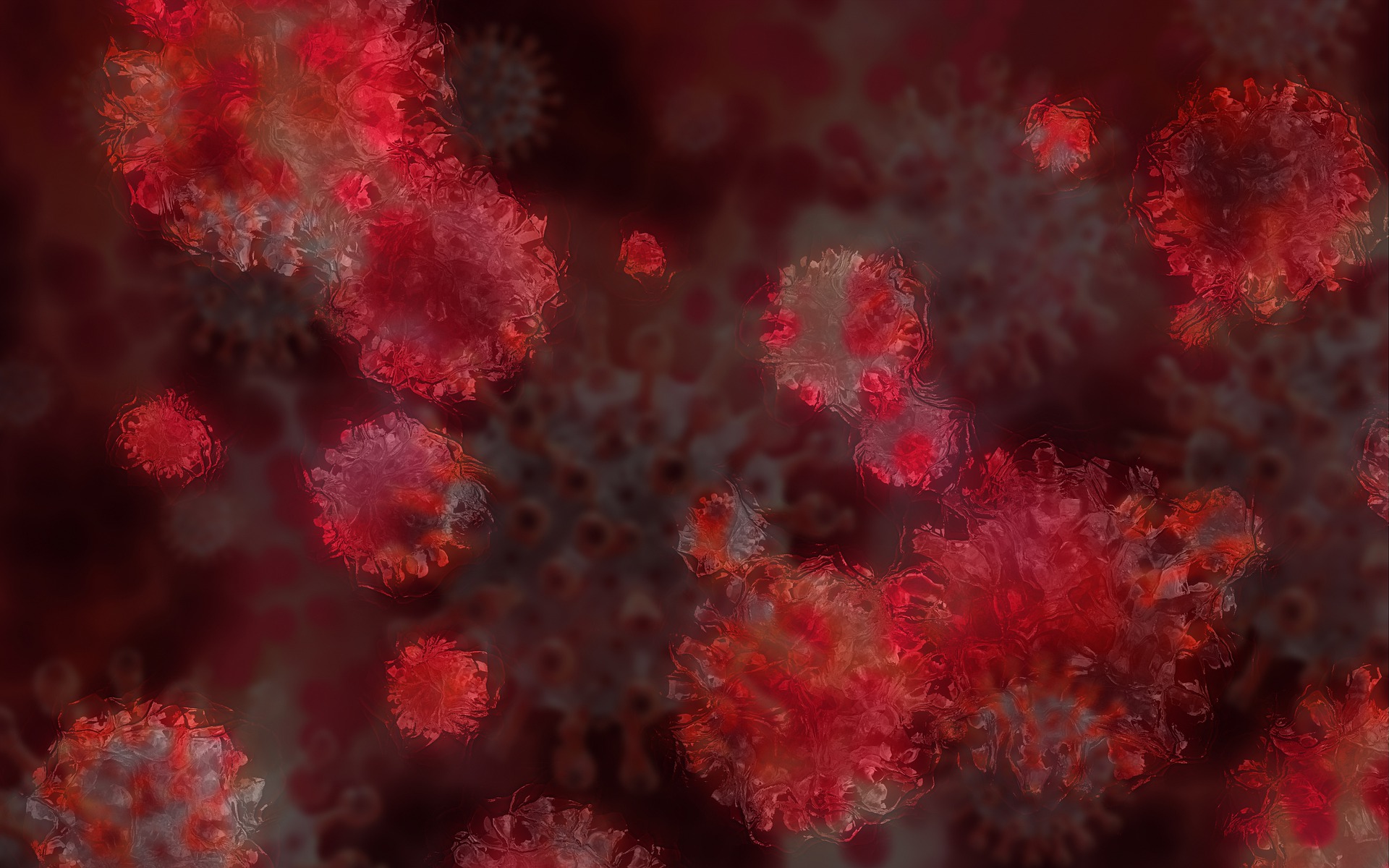The coronavirus Sars-CoV-2 is likely to evolve sooner or later – new variants may emerge.
However, it is only possible to speculate about their properties, the president of the Society for Virology, Ralf Bartenschlager, told Deutsche Presse-Agentur. “But experience shows that as a virus adapts to its host, pathogenicity usually decreases.” Pathogenicity means the ability to cause disease. “It doesn’t mean that this adapted virus no longer makes disease at all, but it is usually less pathogenic.” For example, the new variant Omicron spreads more rapidly than Delta, but causes milder disease courses on average, according to researchers.
Richard Neher of the University of Basel emphasizes that there is no direct connection between the severity of the disease and its transmissibility. General statements on the evolution of infectiousness are also not possible.
That the coronavirus will continue to evolve after the mutations alpha, beta, gamma, delta, and omicron known so far and classified as worrying by the World Health Organization is considered quite probable. At least in the long term, this is quite possible, Bartenschlager explained. The virus will certainly become endemic and thus “stay with us.”
The major selection pressure to which new Sars-CoV-2 variants are now subject is spread efficiency in a largely immune population, explained Klaus Überla of the Virological Institute at Erlangen University Hospital. That is, to survive, the virus must find ways to escape the infection protection of its hosts – people. This protection arises both through vaccination and as a result of infection. New forms of the virus may emerge through genetic changes, for example in the so-called spike protein of the virus. It is to be expected “that further so-called immune escape variants will emerge.”
Immunescape could offer some protection
A stronger ability to immune escape could also potentially play a role in the spread of omicron subvariant BA.2. “Because it can be observed in various countries that the proportion of BA.2 is increasing, it is suspected that BA.2 has an advantage in transmissibility over BA.1,” Sandra Ciesek, director of the Institute of Medical Virology at Frankfurt University Hospital, according to DPA. Thus, in addition to higher transmissibility, greater immune escape could lead to more and more people becoming infected with BA.2, Ciesek explained.
Immune escape means that a passed-through infection or a vaccination protects less well against the pathogen. Still, they may provide some protection against severe disease progression.
Neher also thinks it’s conceivable that the Delta variant could return. “Delta is a highly contagious variant that could have an advantage over Omicron again after some time when immunity has waned,” he said in an interview published by the University of Basel. But a new variant with unknown properties could also emerge, he added. “So we need to continue to closely monitor the evolution and emergence of new variants so that we detect new variants early and understand their properties and don’t slip into a new wave unprepared.”
Whether the new virus variants are more dangerous or harmless is impossible to predict with any degree of reliability, even with Überla’s conviction. “Spread efficiency in the population and “dangerousness” to the infected person are different properties of viruses that can evolve independently,” he shared.
- hp/source: dpa/picture: pixabay.com
This post has already been read 1262 times!



